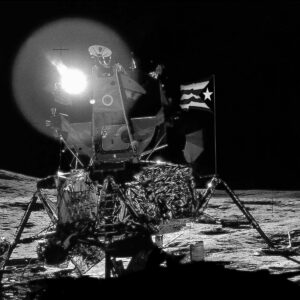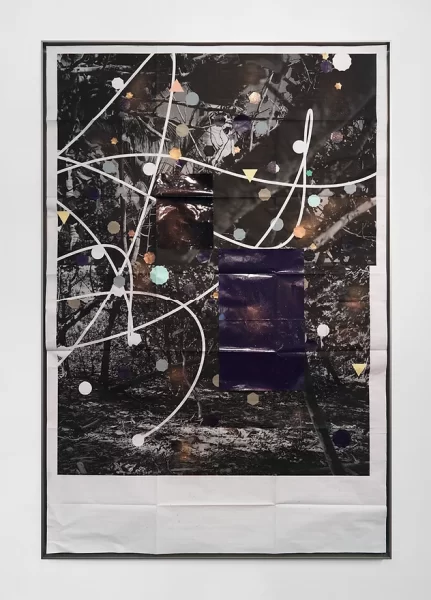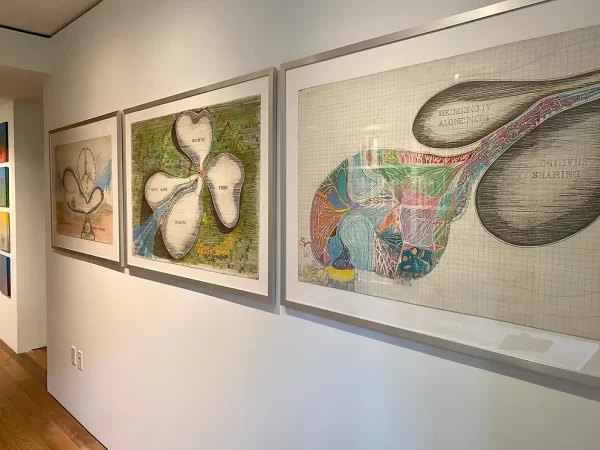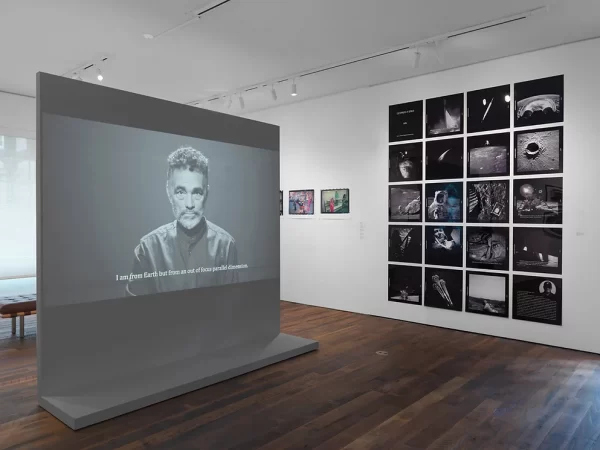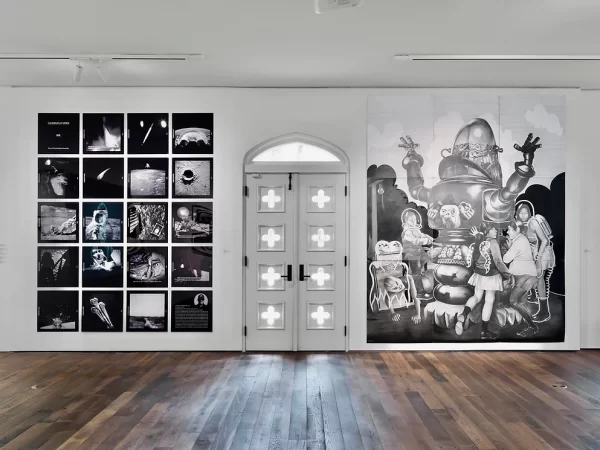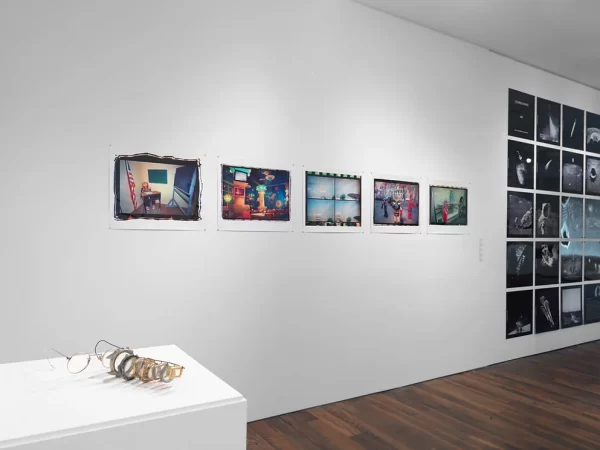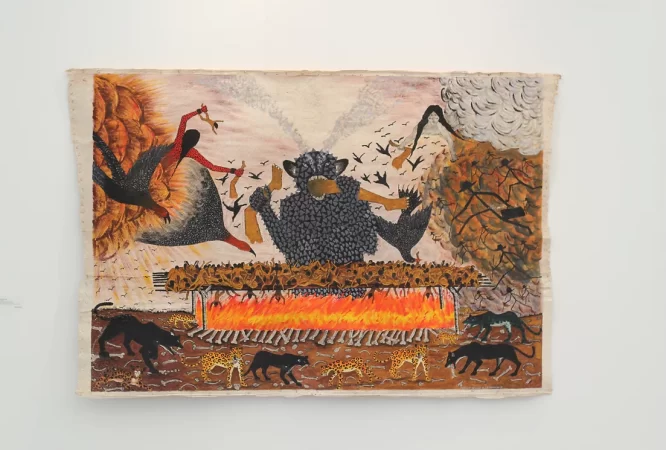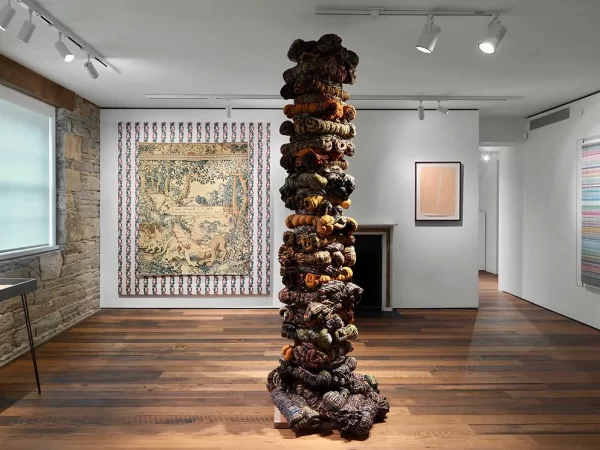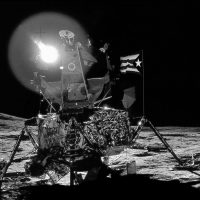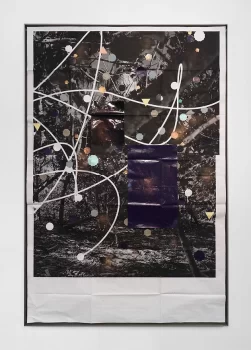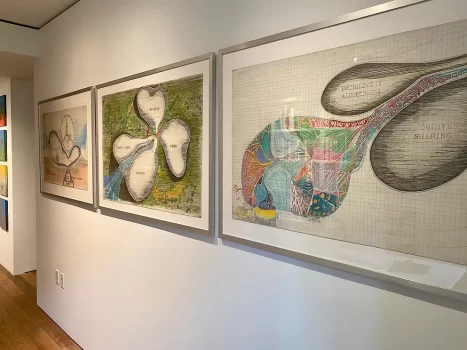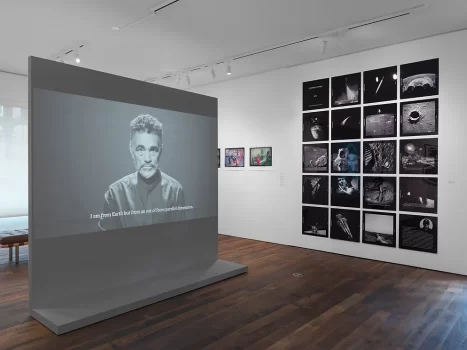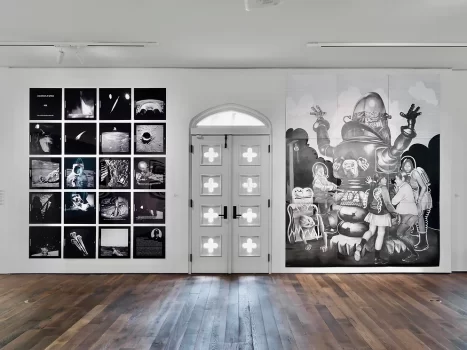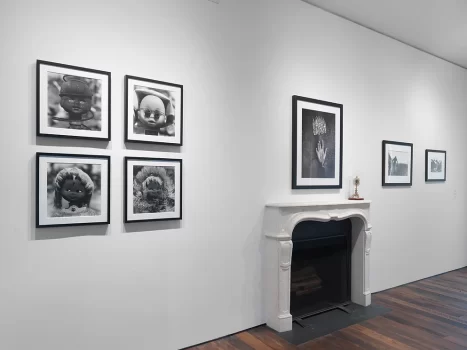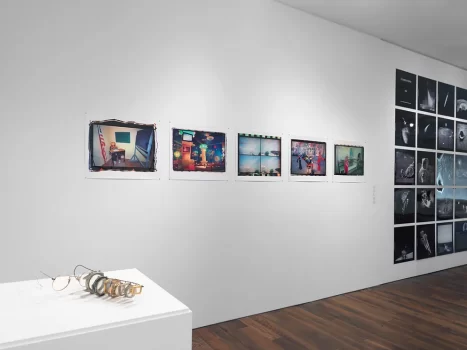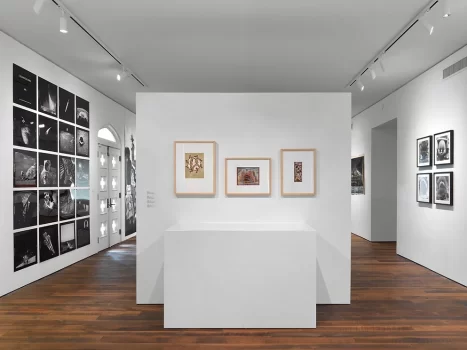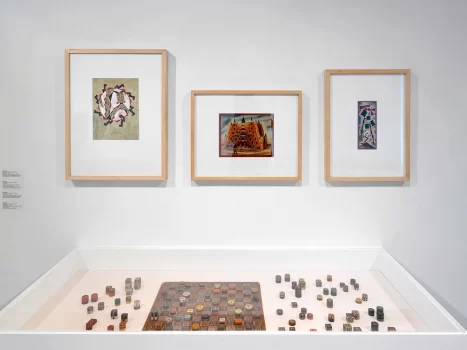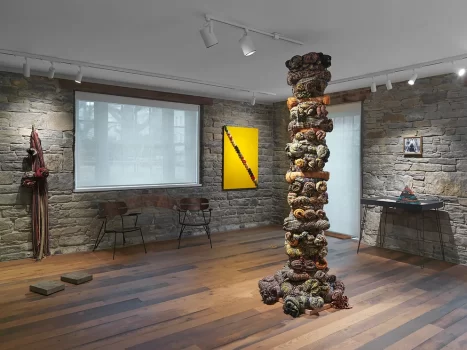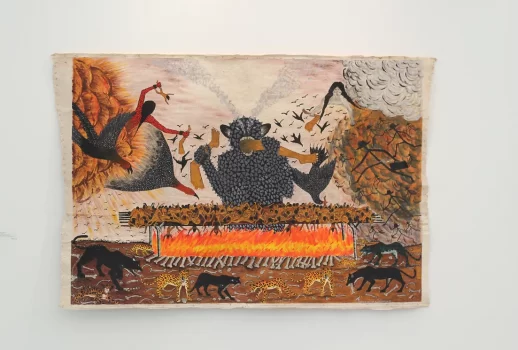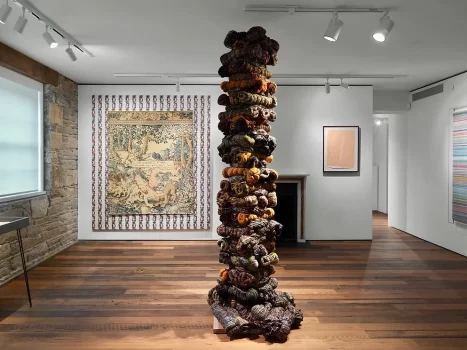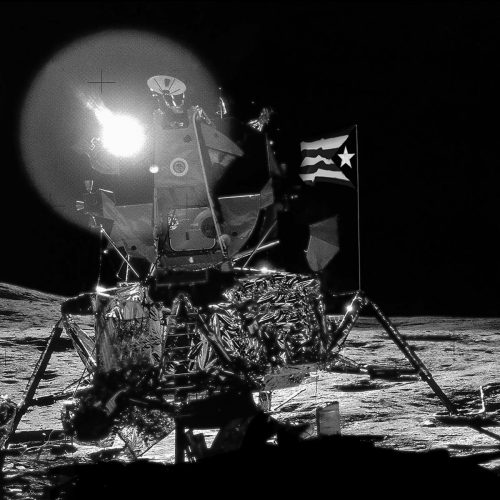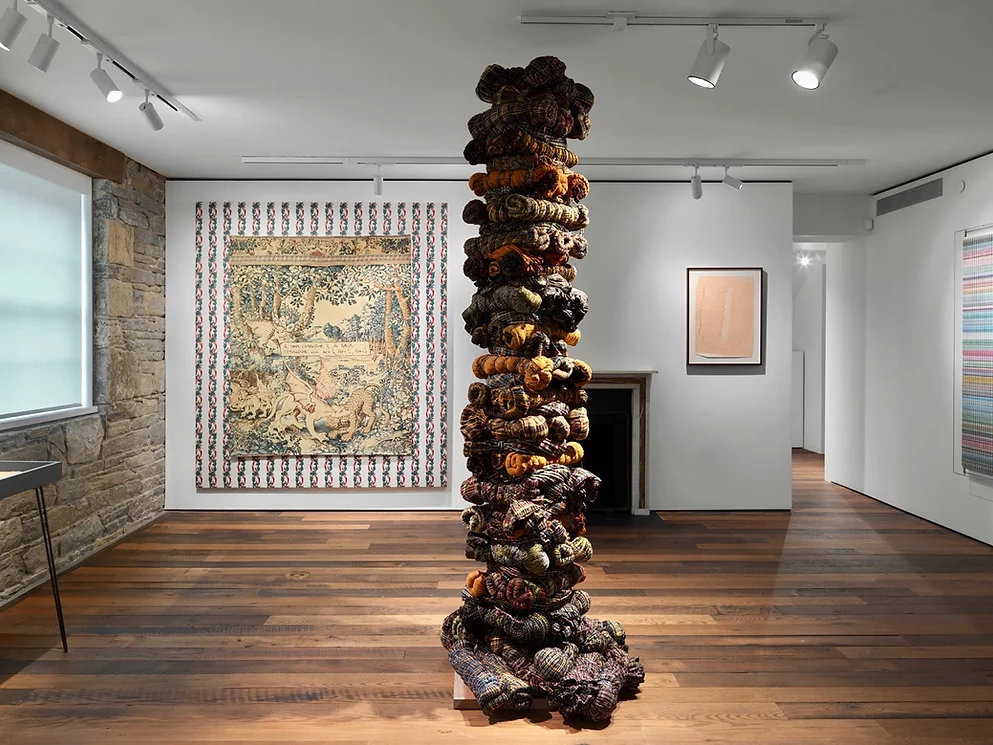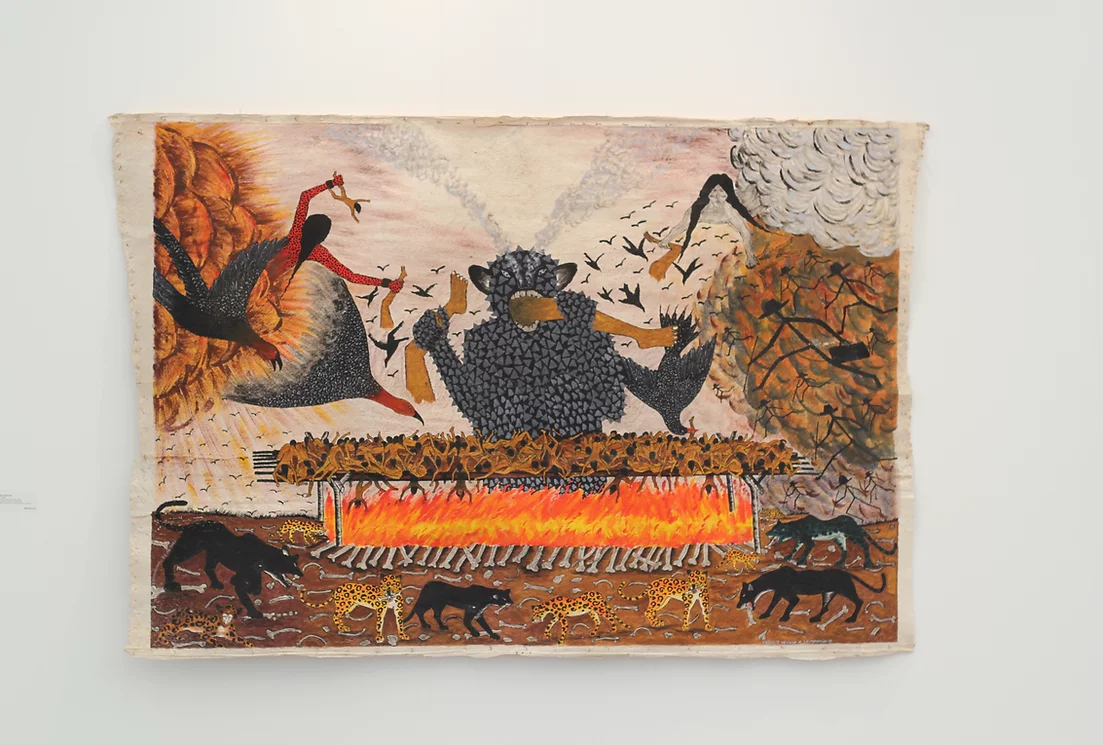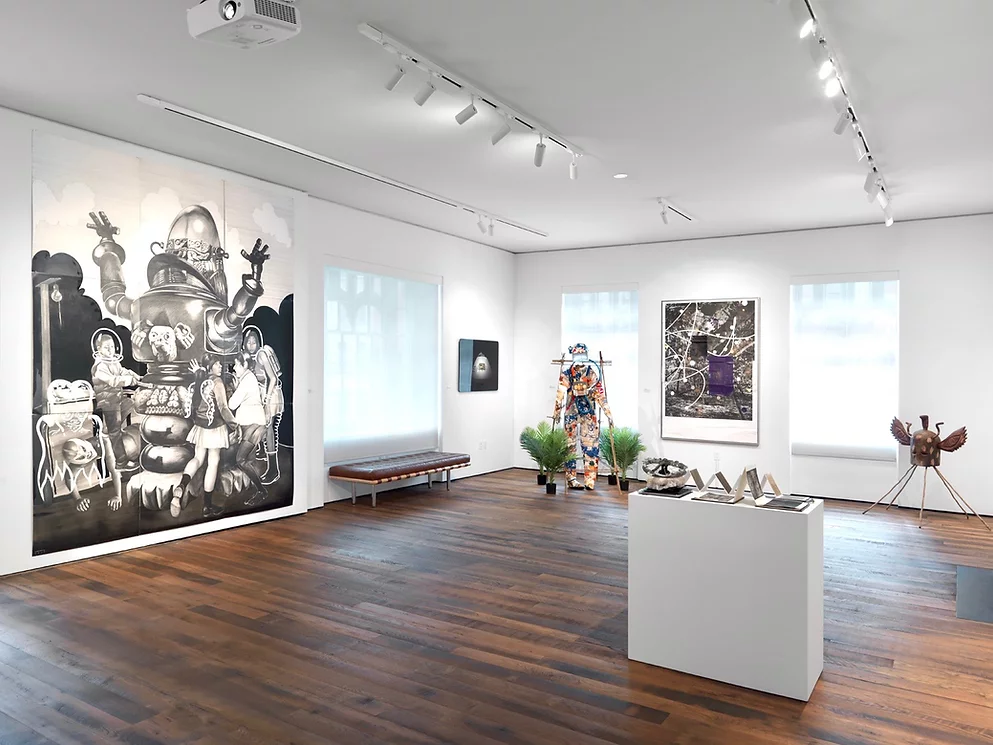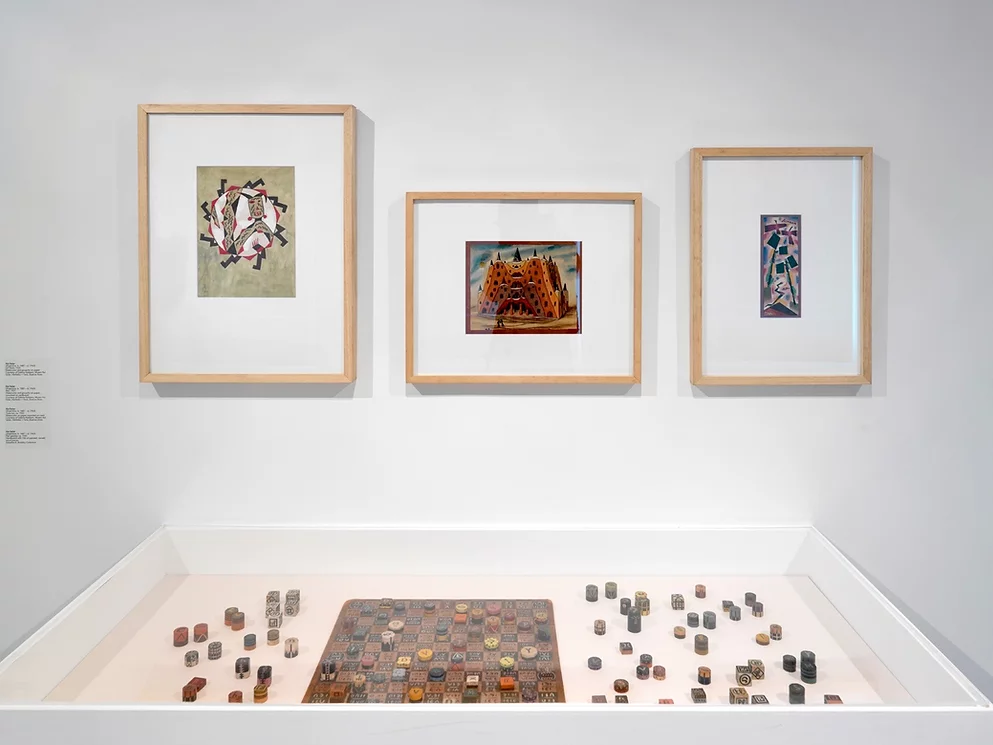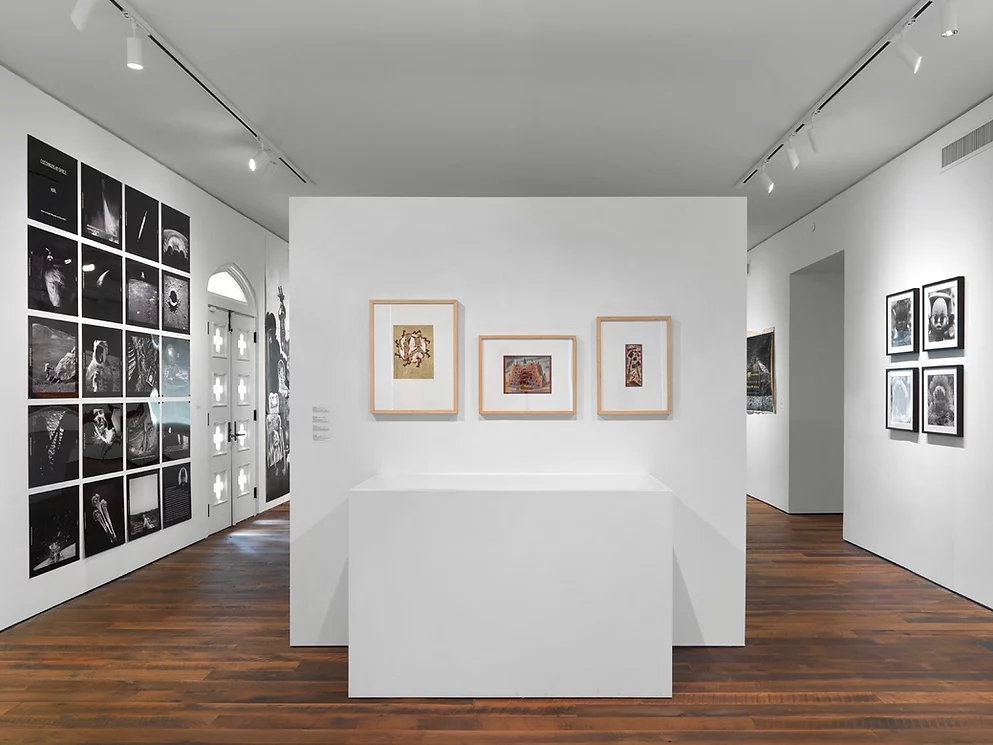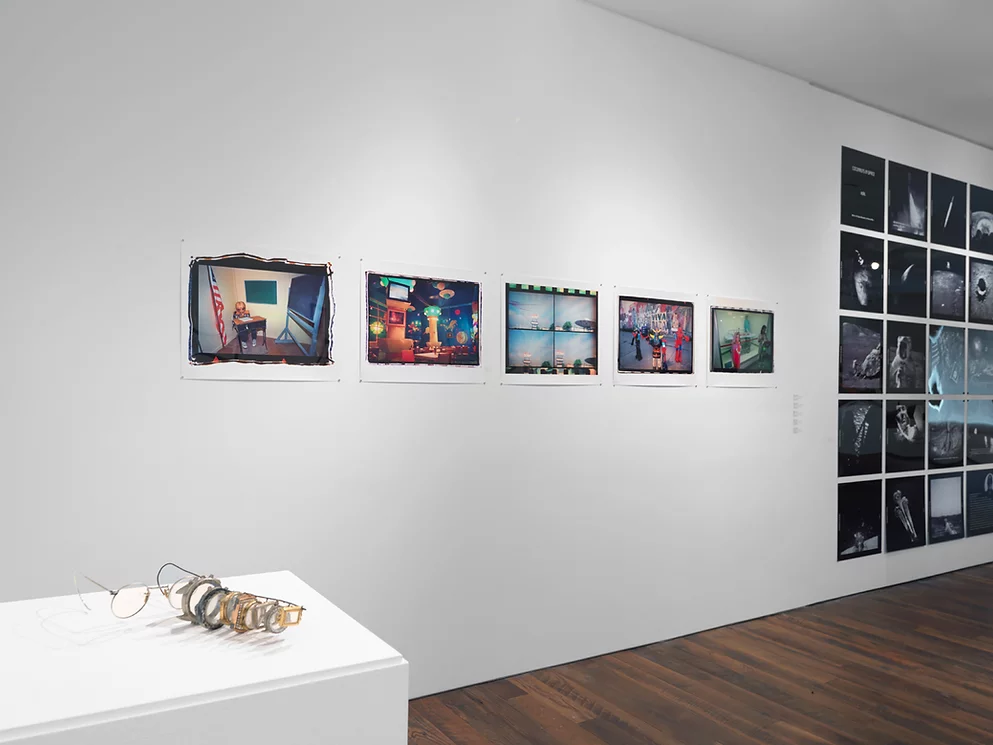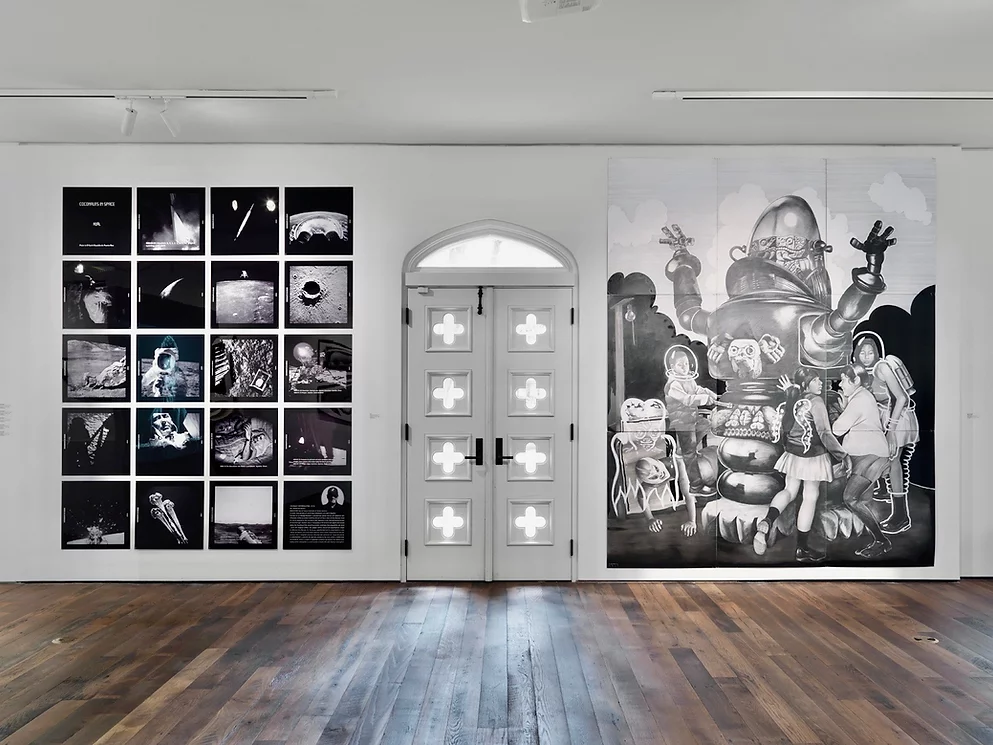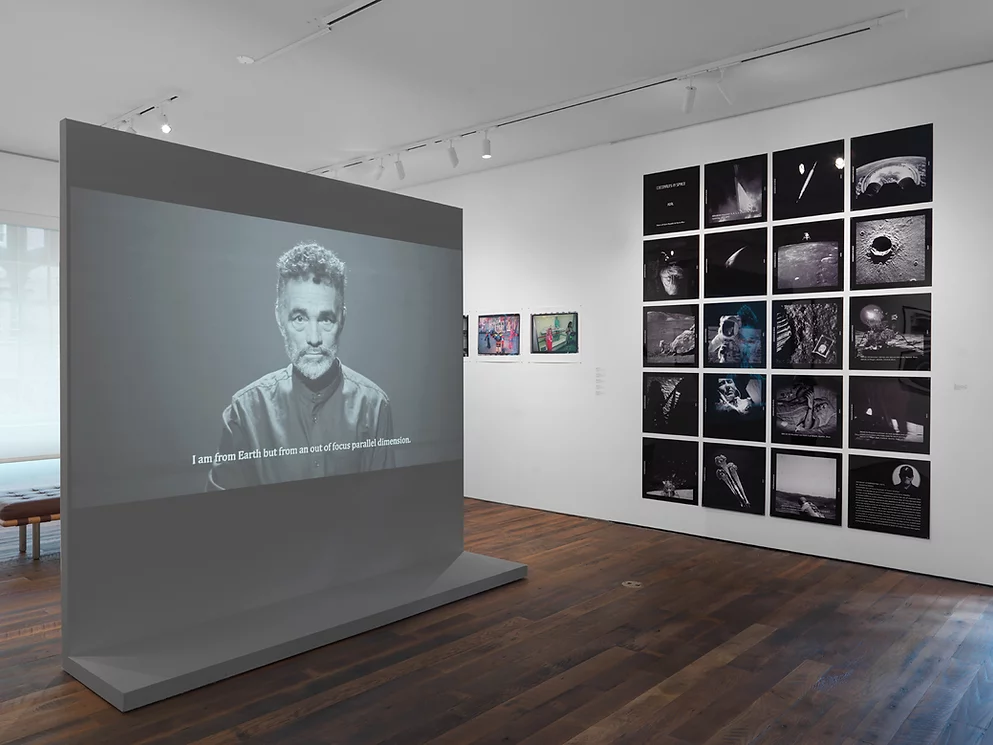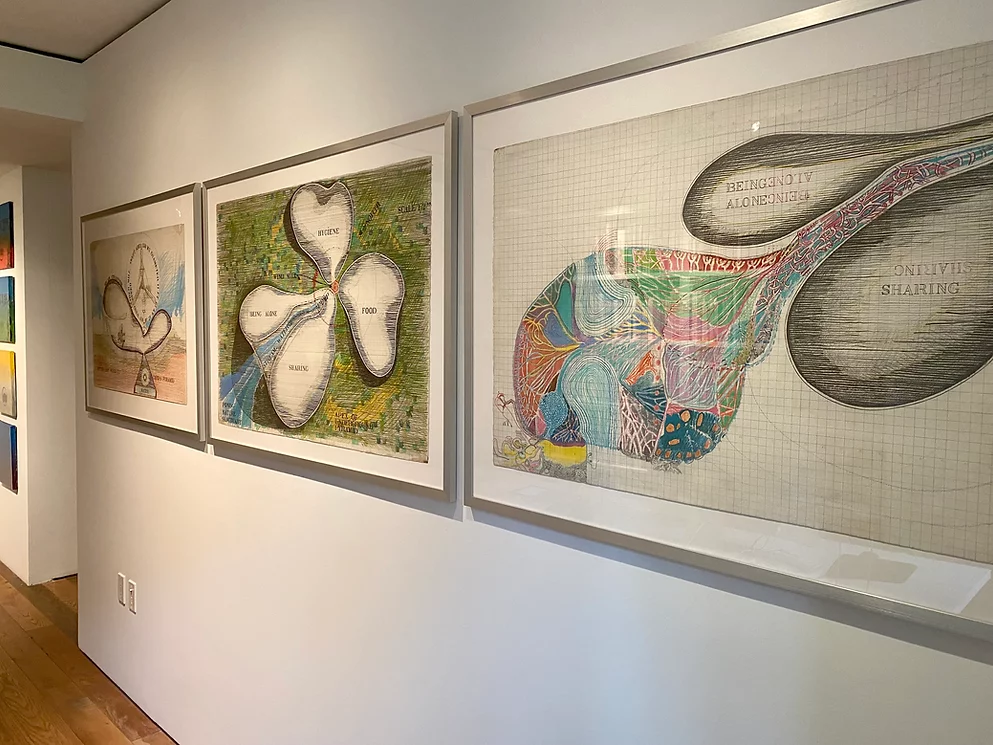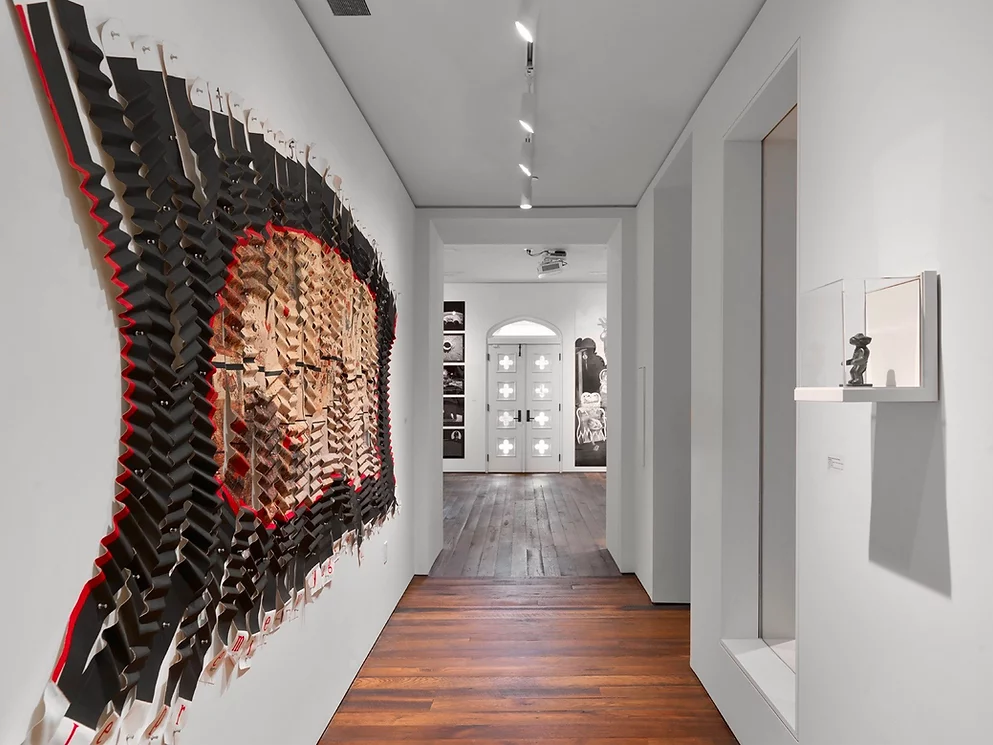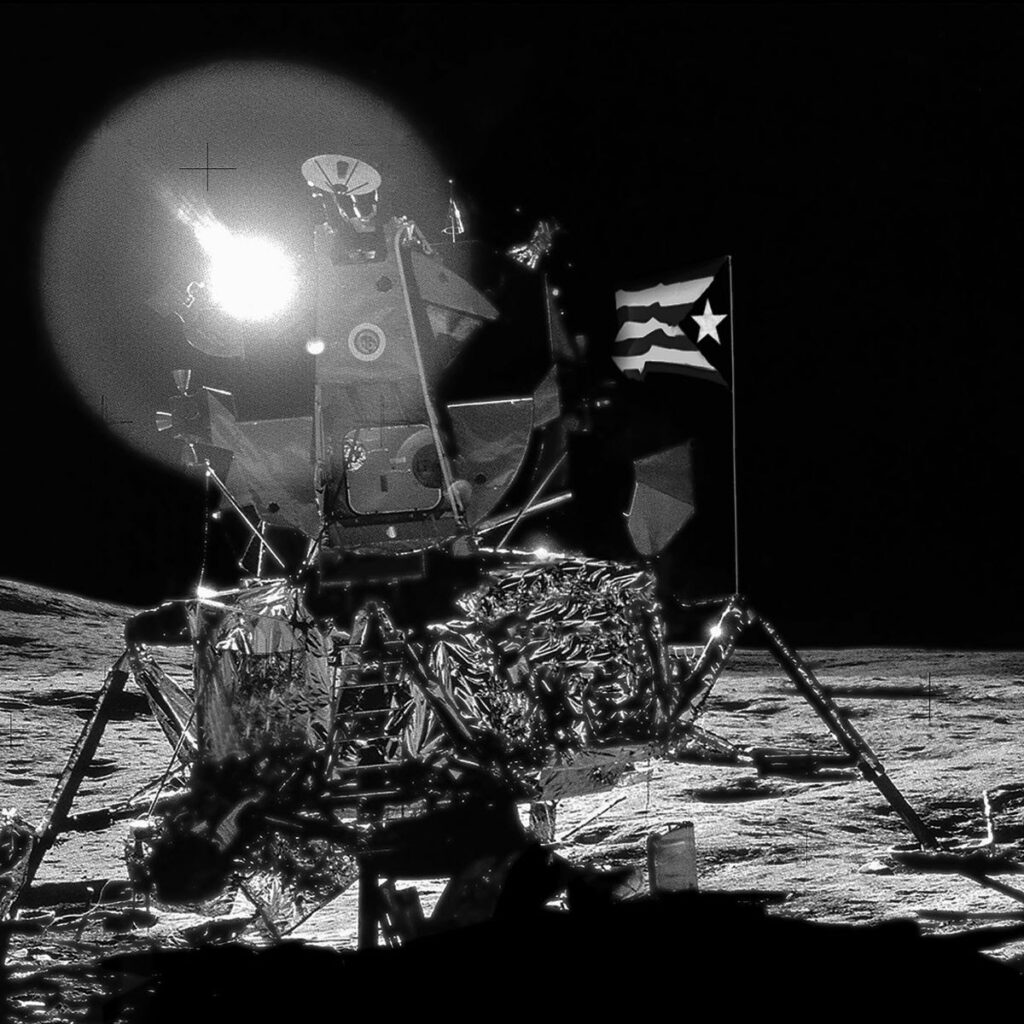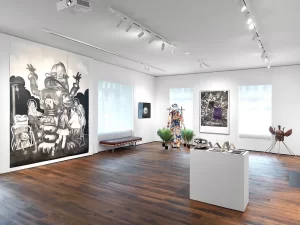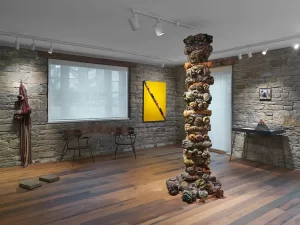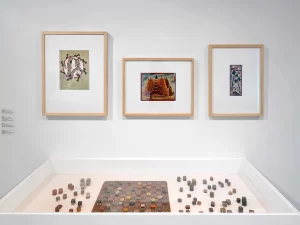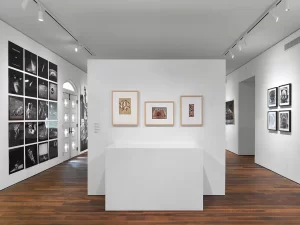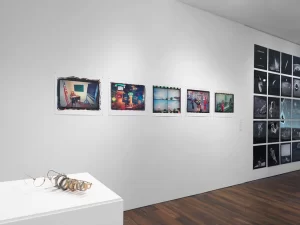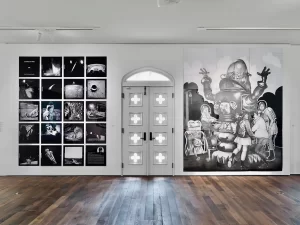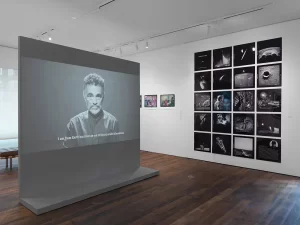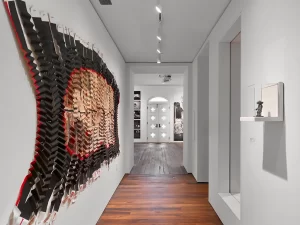ANOTHER SPACE is pleased to announce Elsewhere(s), an exploration of otherworldliness. Cocurated by Estrellita B. Brodsky and José Falconi, the exhibition brings together works by over 25 artists from Latin America and its diaspora, from the 9th Century BCE to the present. Grouped around themes of cosmology, magic, and non-Western forms of knowledge, Elsewhere(s) seeks to reflect on the traditional role of artists and their potential to envision alternative societies as utopian or reclaimed territories.
While the role of artists has been continuously revisited and refined throughout the modern period, it has never departed very far from what social theorist Henri de Saint-Simon first proposed in his definition of the avant-garde in the 18th century: that artists should be, first and foremost, in charge of envisioning new worlds and showing us where else we could go as a society and as individuals. Taking this utopian dimension as a point of departure, Elsewhere(s) explores the way artists have expanded the limits of our perceived reality, presenting us with alternative paths, newly imagined territories, or regions and practices that have remained hidden or dismissed by Western rationality. It is this peripherality and geographic indetermination that the exhibition’s title refers to.
Organized into three intertwined sections, Elsewhere(s) spans multiple generations and time periods. The first section, Uncharted Territories explores Latin America’s long tradition of unearthly cosmology presenting pre-Hispanic ‘stargazers’ from the Olmec and Mezcala cultures dating back to the 3rd and 9th Centuries BCE. Alongside these are a suite of works by Argentine utopian visionary Xul Solar, and a number of space-themed works by Erica Bohm, Adál Maldonado and Rubén Ortiz Torres. Together they blur the limits between the real and purely imagined of outer space. In a parallel approach, the works of Elda Cerrato and Juan Downey explore concepts of utopian architecture.
In the section, Contested Geographies, Miguel Angel Ríos reconfigures a 16th century map of the Americas to suggest the colonial dynamics of annexing or “discovering new territories.” The theme is directly addressed by artists Jesús Eduardo Correa-Nache, Julieth Morales, Santiago Yahuarcani and Adler Guerrier. Their works stand as carefully crafted responses to the systematic erasing of subaltern subjectivities.
A third section, entitled Entangled Histories, considers the textile medium as a metaphor for the ways in which artists across both hemispheres push the limits of our reality by intertwining fact and fiction, myth and reality. Artists Gego, Antonio Pichillá, Jorge Eduardo Eielson and Sandra Monterroso, adapt traditional and modernist practices to emphasize a non-linear narrative that illustrates how many Elsewhere(s) are always concomitant and therefore always possible.


